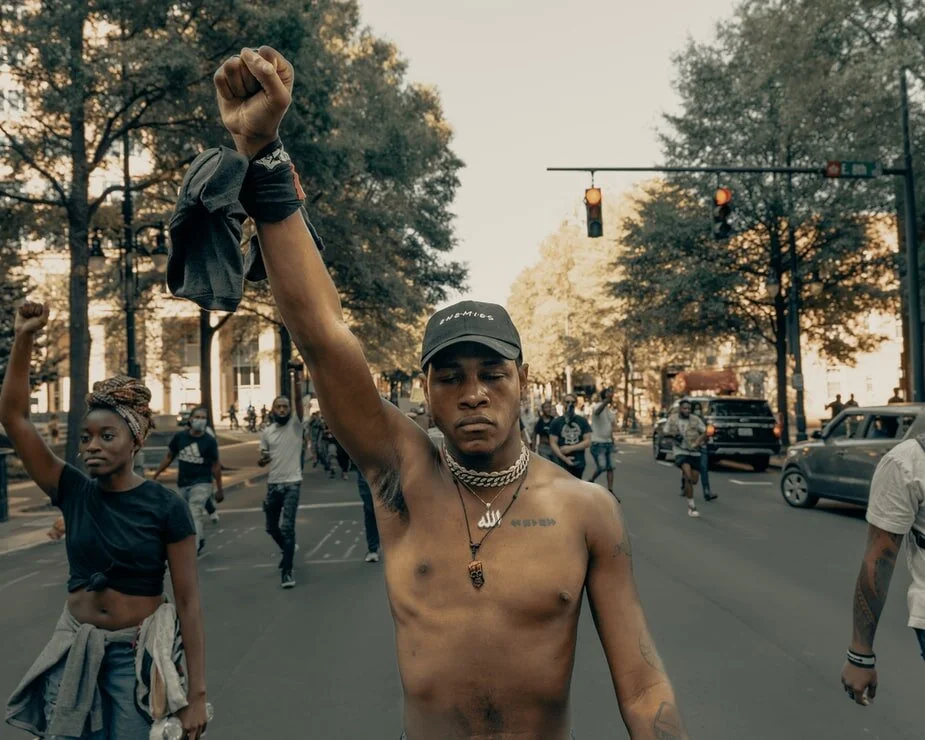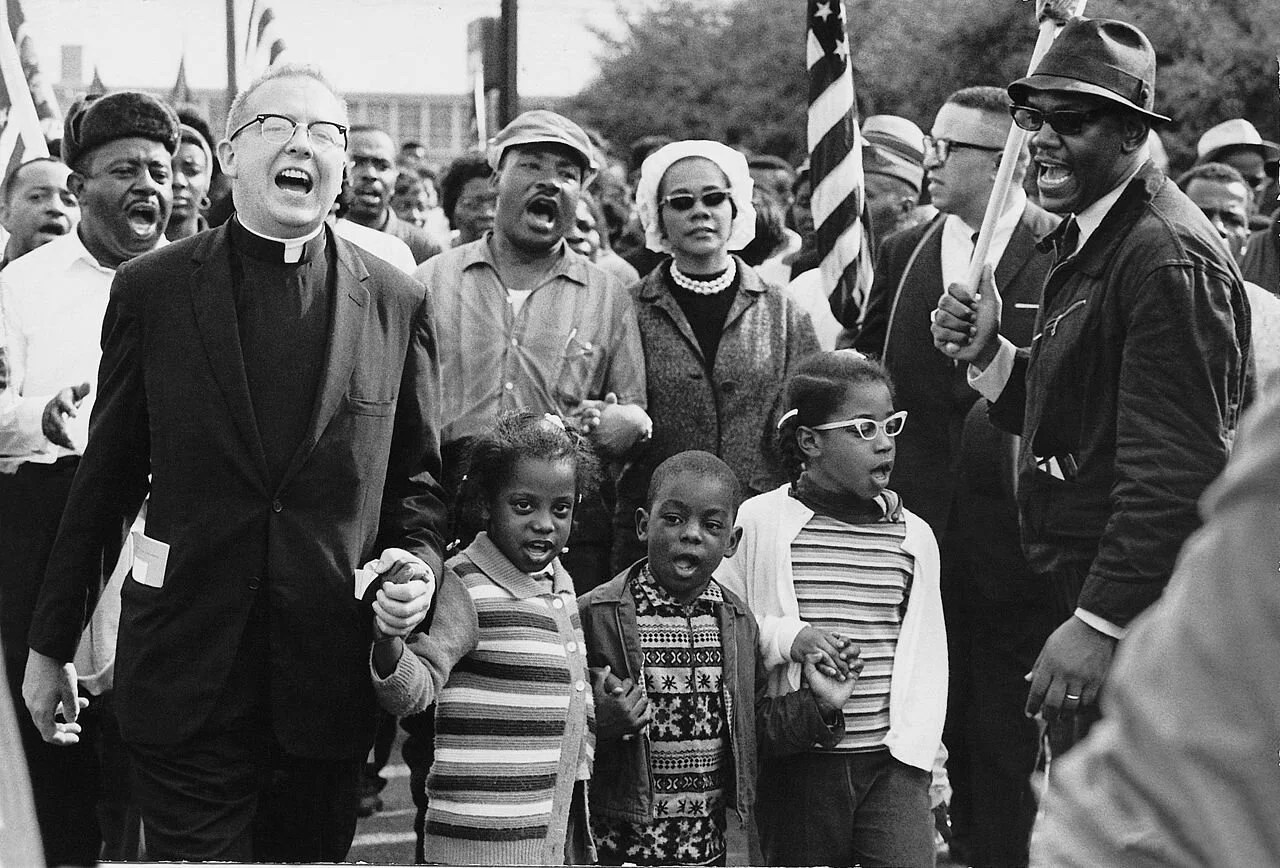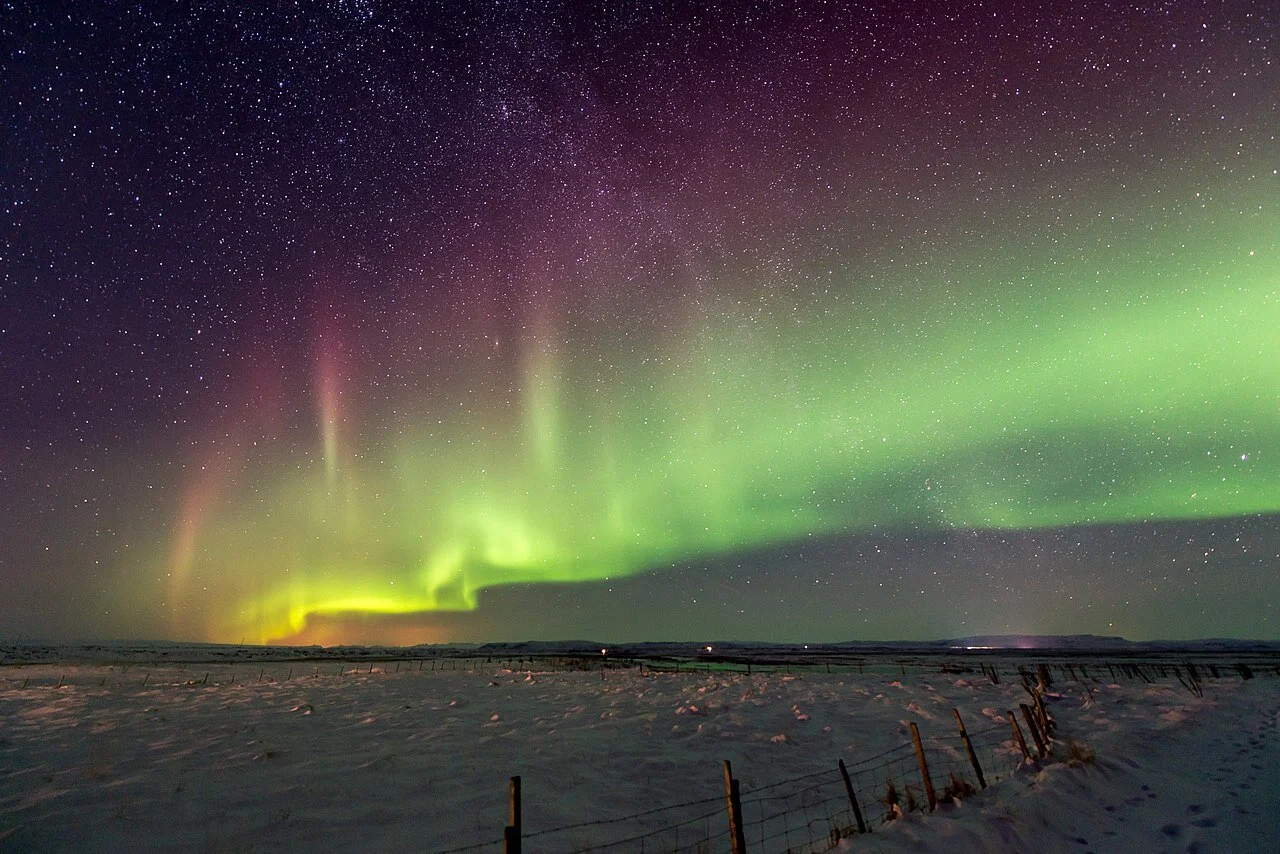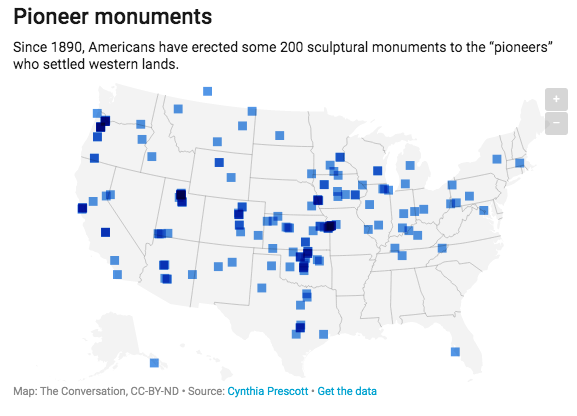This seemingly tasteless ingredient packs a punch in iconic dishes across Asia.
Fry it, flip it, steam it, dessert-ify it—tofu’s your jack of all trades. Sherman Kwan. Unsplash.
As a relatively tasteless food, tofu is a versatile ingredient that is present in many dishes across Asia. Tofu is centuries old. While the exact date is not known, historians believe that tofu was first used over 2,000 years ago in China. This humble dish made its debut in Japan, Korea, parts of Southeast Asia and eventually in Europe after 19th-century colonialism. In Buddhist societies, the production of tofu increased as it served as a convenient meat alternative. Molded from crushed soybeans, tofu is a flexible food that goes with nearly anything. Given its absorbent nature, tofu often tastes like the spices and flavors it has marinated in. Here are a few popular tofu dishes from across Asia:
Mapo Tofu
This classic dish has roots in China’s Sichuan region. Mapo tofu is made with soft tofu and stir-fried with various chile peppers, black bean paste and ginger. If cooked properly, the sauce itself is a bright-red color laced with thin bubbles of oil. The dish can be topped off with scallions or minced meat if so desired.
Stuff your tofu too; it’s gratifying. Qlinart. CC BY-NC-ND 2.0.
Crispy Shrimp Stuffed Tofu
In this Cantonese dish, tofu is stuffed with minced shrimp and deep-fried to crispiness. The tofu is first sliced and coated in cornstarch, then hollowed out to hold the filling. The dish is often paired with classic ingredients like Shaoxing wine, white pepper and sesame oil. These golden, bite-sized bricks can be garnished with scallions and can be dipped in a slightly sweet soy sauce.
Stinky tofu is usually sold from open-air hawker stalls. Josephine Lim. CC BY-ND 2.0.
Stinky Tofu
Tofu, when stinky, can also be a delectable treat. This smelly favorite can be found along the streets of China, Hong Kong and Taiwan. Stinky tofu is made from the fermented brine in which it has soaked for a few months. The mixture is usually made from fermented milk, vegetables or meat, but can also include other ingredients like dried shrimp and mustard greens. When ready, stinky tofu is commonly served deep-fried. Its bitter and salty flavor is best paired with garlic, soy sauce or chile sauce.
Steaming, savory miso soup for any occasion. Jude Masti. CC BY 2.0.
Miso Soup
Miso is a fermented paste with origins in Japanese cuisine. This concoction is produced by pickling soybeans with salt and other ingredients such as barley or seaweed. Miso is usually consumed as soup, and one of the main condiments is tofu. The tofu’s porous texture absorbs the umami saltiness of the miso and makes for a hearty, satisfying meal. It can be paired with clean white rice, mushrooms and even eggplants.
An edible lunch packed in a pouch. David Theduy Nguyen. CC BY-NC 2.0.
Inari Sushi
Tofu can even be incorporated into sushi. Inari sushi was first introduced to Japan during the 18th century. It first started off as offering food for fox-god temples scattered about the islands. Over time, Inari sushi became a staple option on kitchen tables. Inari sushi is a simpler style of sushi made with sweetened rice packed in tofu pouches. The tofu skin itself is pre-seasoned and deep-fried. The side can be topped off with sesame seeds and paired with vinegar and soy sauce for a uniquely sweet finish.
Best served piping hot. Republic of Korea. CC BY-SA 2.0.
Sundubu-jjigae
Also written as “soondubu,” this Korean dish is a soft tofu stew made with silken, curdled tofu served in a piping hot pot. Sundubu-jjigae is usually prepared spicy and can be cooked in seafood or meat broth. As the dish is bubbling, a whole egg is cracked into the mix and served almost immediately. Sundubu-jjigae is a popular Korean staple and is usually complemented with a bowl of rice and various “banchan” like kimchi, gamja jorim (sweetened braised potatoes) and salted cucumbers.
Cleanse your palate with a sweet tofu finish. Boyu Wang. CC BY-NC-ND 2.0.
Tofu Pudding
Dau hu nuoc duong. Taho. Douhua. However it’s called, tofu can also be consumed as a dessert. Tofu pudding can be found in countries like Vietnam, the Philippines, and China and takes on regional preferences. It is often paired with sweeteners like ginger syrup and brown sugar. Depending on the location, tofu pudding can also be served with peanut and strawberry.
Tofu is timeless. Devi Puspita Amartha Yahya. Unsplash.
The Future of Tofu
While tofu has a stronghold in Asian cuisines, this humble ingredient continues to change and evolve across the world. As consumers look for more sustainable alternatives, tofu stands as a ready-made, centuries-old option. Not only is it healthier, but tofu is also a flexible and equally tasty substitute for meats and other high-cholesterol foods. Despite its unassuming nature, tofu has proven its timelessness.
Rhiannon Koh
Rhiannon earned her B.A. in Urban Studies & Planning from UC San Diego. Her honors thesis was a speculative fiction piece exploring the aspects of surveillance technology, climate change, and the future of urbanized humanity. She is committed to expanding the stories we tell.














































